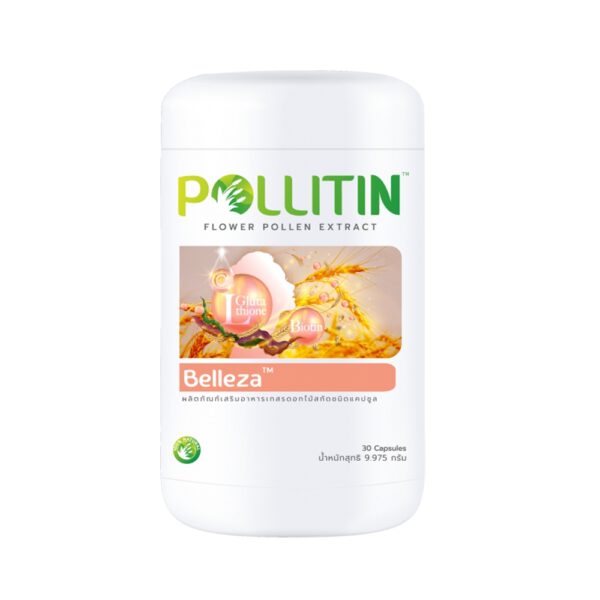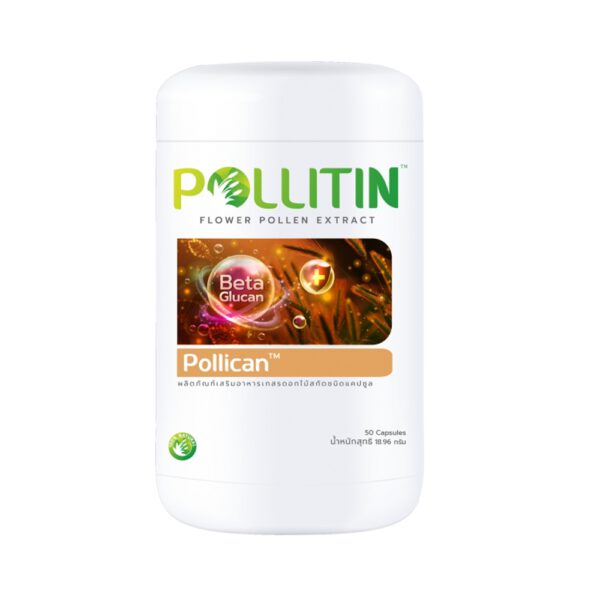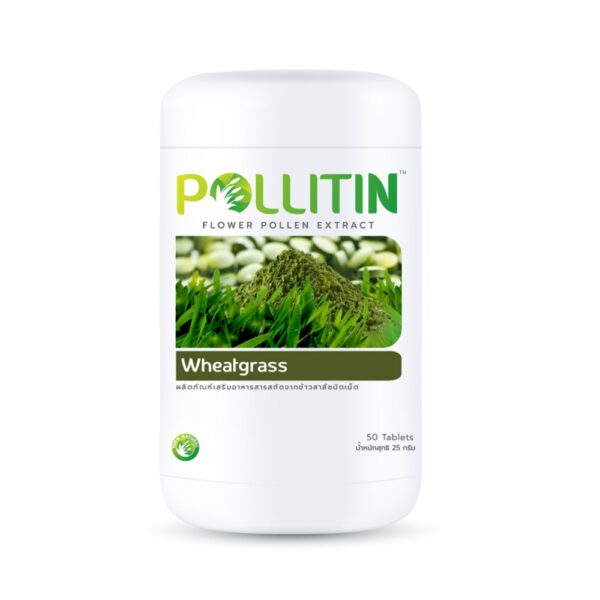Outbreaks
Monkeypox is an illness of worldwide public health significance as it not just influences nations in the west and central Africa but the remainder of the world. In 2003, the first monkeypox outbreak outside Africa was in the United States of America and was connected to contact with contaminated pet grassland canines. These pets had been housed with Gambian pouched rodents and dormice that had been brought into the country from Ghana. This outbreak prompted more than 70 cases of monkeypox in the U.S. Monkeypox has additionally been accounted for in travelers from Nigeria to Israel in September 2018, to the United Kingdom in September 2018, December 2019, May 2021, and May 2022, to Singapore in May 2019, and to the United States of America in July and November 2021. In May 2022, multiple cases of monkeypox were distinguished in a few non-endemic nations.
Transmission
Human-to-human transmission can result from close contact with respiratory discharges, skin injuries of an infected individual, or
recently contaminated objects. Transmission through drop respiratory particles typically requires prolonged face-to-face contact, which puts health laborers, family members, and other close contacts of dynamic cases at more serious risk. Nevertheless, the longest recorded chain of transmission locally has ascended lately from 6 to 9 progressive one person to the next contaminations. This might reflect declining immunity in all networks because of the suspension of smallpox vaccination. Transmission can likewise happen through the placenta from the mother to fetus (which can lead to intrinsic monkeypox) or during close contact during and after birth. While close physical contact is a notable risk factor for transmission, it is indistinct right now if monkeypox can be transmitted explicitly through sexual transmission courses. Studies are expected to better understand this risk.
Signs and symptoms
The
incubation period (stretch from contamination to
onset of symptoms) of
monkeypox is generally from 6 to 13 days yet can go from 5 to 21 days.
The contamination can be divided into two periods:
- the intrusion period (which lasts between 0-5 days) is described by fever, severe headache, lymphadenopathy (enlarging of the lymph nodes), back torment, myalgia (muscle aches), and extreme asthenia (absence of energy). Lymphadenopathy is a distinctive component of monkeypox compared to different sicknesses that may at first seem similar (chickenpox, measles, smallpox)
- the skin eruption generally starts within 1-3 days of the presence of fever. The rash will in general be more focused on the face and extremities rather than on the trunk. It affects the face (in 95% of cases), palms of the hands, and soles of the feet (in 75% of cases). Likewise impacted are oral mucous membranes (in 70% of cases), genitalia (30%), conjunctivae (20%), as well as the cornea. The rash develops successively from macules (lesions with a flat base) to papules (marginally raised firm injuries), vesicles (injuries loaded up with clear liquid), pustules (sores loaded up with yellowish liquid), and coverings that evaporate and tumble off. The quantity of injuries changes from a couple to several thousand. In serious cases, sores can combine until enormous areas of skin slough off.
Serious cases happen more normally among youngsters and are connected with the degree of
virus exposure, patient health status, and nature of complexities. Basic immune inadequacies might prompt worse results. The case fatality proportion of monkeypox has generally gone from 0 to 11 % in the general population and has been higher among small kids. The case-fatality proportion has been around 3-6% in recent times.
Prevention
Bringing issues
of risk factors and instructing people about the actions they can take to diminish exposure to the infection is the primary
prevention strategy for monkeypox.
- Lessening the risk of human-to-human transmission
- Lessening the risk of zoonotic transmission
- Preventing monkeypox through limitations on animal trade
Scientific examinations are presently in progress to survey the practicality and propriety of vaccination for the prevention and control of monkeypox. A few nations have or are developing, policies to offer vaccines to people who might be at risk, for example, research center staff, quick reaction groups, and health laborers.









